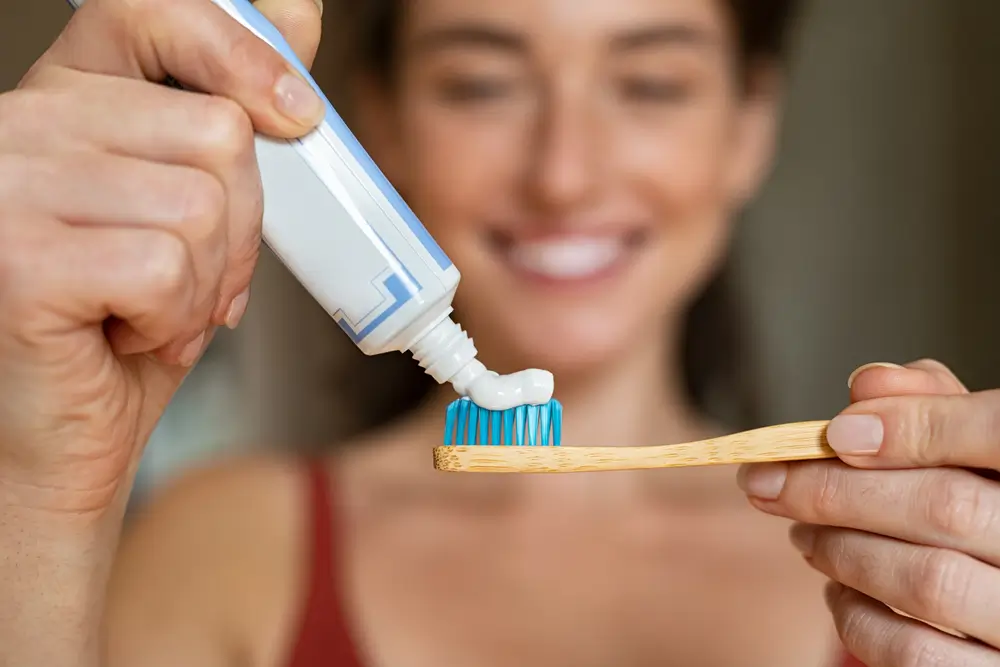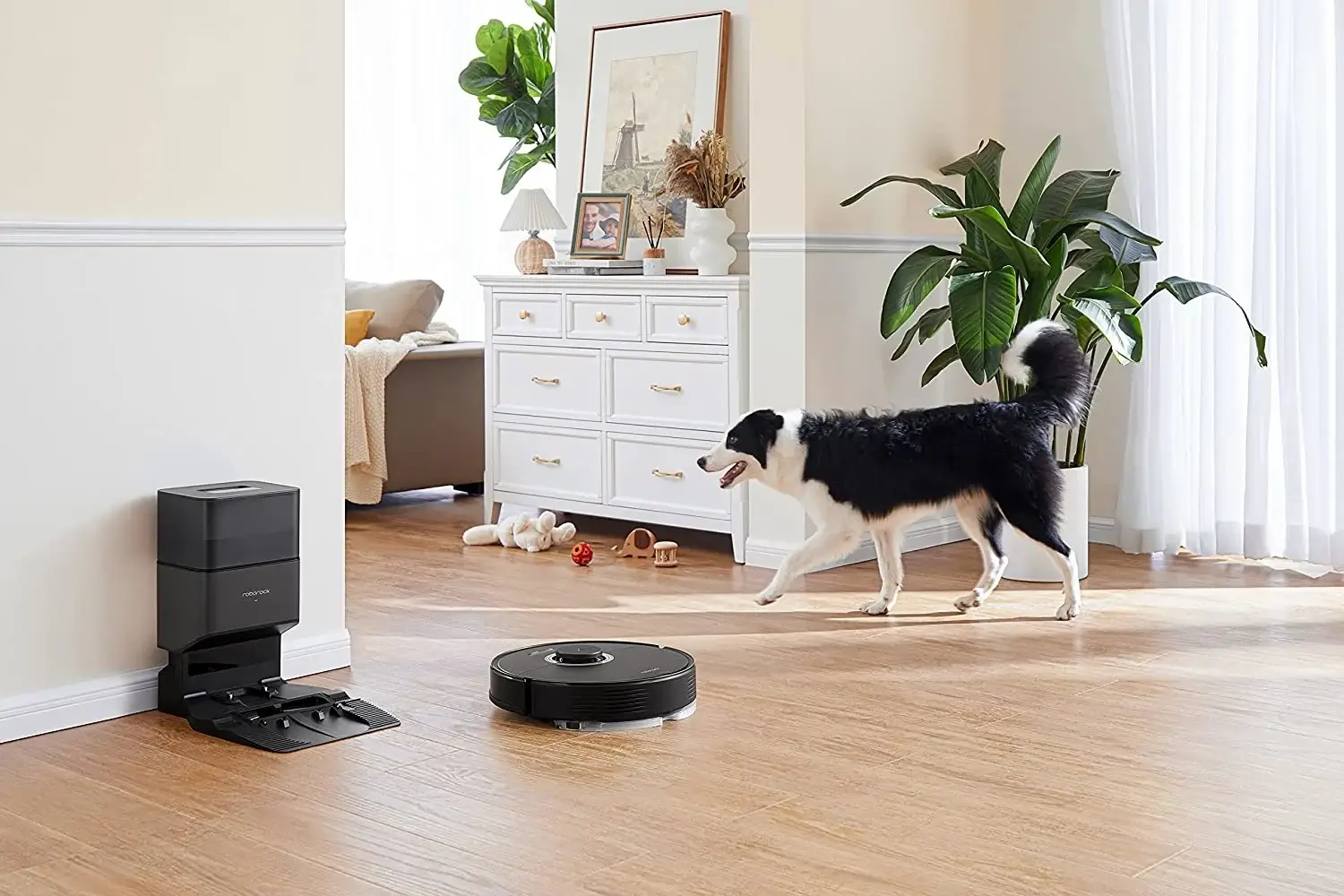Selecting the perfect toothbrush for your dental needs is essential for maintaining excellent oral hygiene. Explore the key factors in our comprehensive guide to make an informed choice about manual versus electric brushes, bristle hardness, head size, and additional features.

Brushing your teeth is a vital aspect of daily routine, yet with countless options available on the market, it can be overwhelming to select the right toothbrush. This guide aims to simplify your decision-making process by highlighting the essential factors to consider when choosing a toothbrush that suits your unique needs.
Manual vs. Electric Toothbrushes: One of the first choices to make is between manual and electric toothbrushes. Manual toothbrushes are widely accessible and budget-friendly, making them a popular choice. However, they require more effort to achieve effective cleaning and may not be as efficient in plaque removal as electric alternatives. On the other hand, electric toothbrushes are often more effective at cleaning teeth, particularly for individuals with limited dexterity or braces; however, they tend to be more expensive and require batteries or charging. Ultimately, your decision should reflect your personal preferences, budget, and specific dental needs.
Bristle Hardness: The stiffness of the bristles is a crucial factor for achieving a thorough clean. Most dentists recommend soft-bristled brushes as they are less likely to harm gums or erode tooth enamel. Medium bristles can be effective but come with a risk of damage if used with excessive pressure. Hard-bristled toothbrushes are typically not recommended for daily care due to their potential to cause gum recession. If you have sensitive teeth, opting for extra-soft bristles may be best. Remember to replace your toothbrush every 3-4 months or whenever the bristles start to show wear.
Head Size and Shape: The size and shape of the toothbrush head are also significant factors. An adult brush head is usually about half an inch wide and one inch tall, while children require smaller heads suitable for their mouths. Choose a shape that comfortably fits and effectively reaches all areas of your mouth. Some users find that angled or tapered heads are better for accessing molars and tight spots.
Handle Design: A comfortable handle design enhances your brushing experience. Consider non-slip grips if you have arthritis or dexterity challenges. The length and flexibility of the handle should support easy maneuvering during brushing. An aesthetically pleasing design can also encourage regular use.
Additional Features: Today’s toothbrushes may come with a variety of features to enhance your experience. Look for models with tongue cleaners, indicator bristles that change color when it’s time for a replacement, built-in timers to ensure you brush for the recommended two minutes, and pressure sensors that alert you to avoid excessive force. High-end electric toothbrushes might even offer different modes for sensitive care, whitening, and gum health.
Choosing the right toothbrush is a crucial step to maintaining good oral health. Whether you lean toward a manual or electric option, the best toothbrush is one you’ll use consistently and effectively. As your dental needs may vary over time, remember to reassess your toothbrush choice and consult your dentist for tailored recommendations.
Kai Cenat Under Fire: Twitch Star Faces Potential Ban for Distracted Driving

Chrisean Rock's Emotional Performance: Singing 'Yahweh' with Baby Son

Family-Friendly Snow Sports Adventures: Your Ultimate Guide

6 Best Robot Vacuum Cleaners for Effortless Home Cleaning

Thrilling Snow Sports Adventures for Families

The Delicious World of Chinese Cuisine

Strategic Education: Selecting a Major for Financial Prosperity

The Impact of Artificial Intelligence on Tech Stocks

Ultimate Guide to the Best Sweeping Robots of 2024
